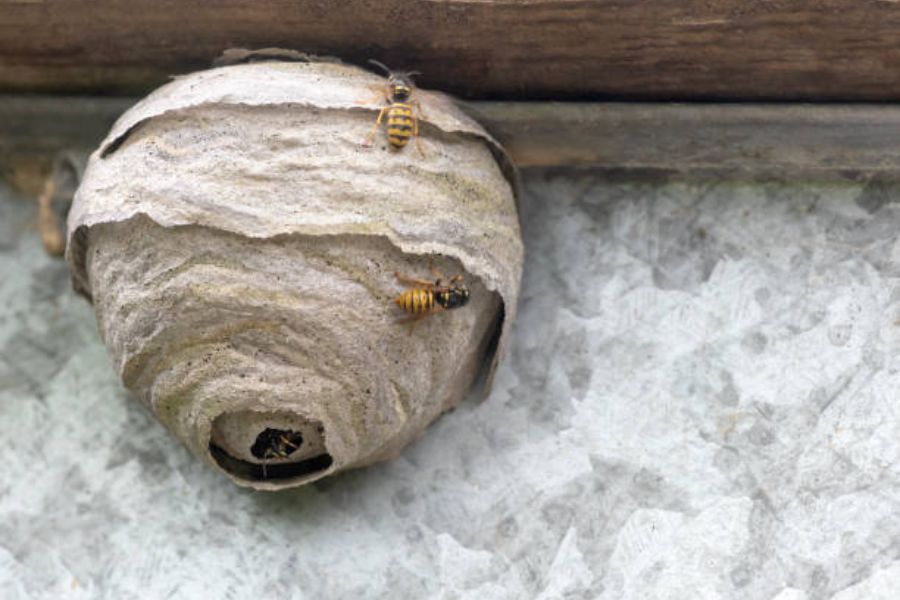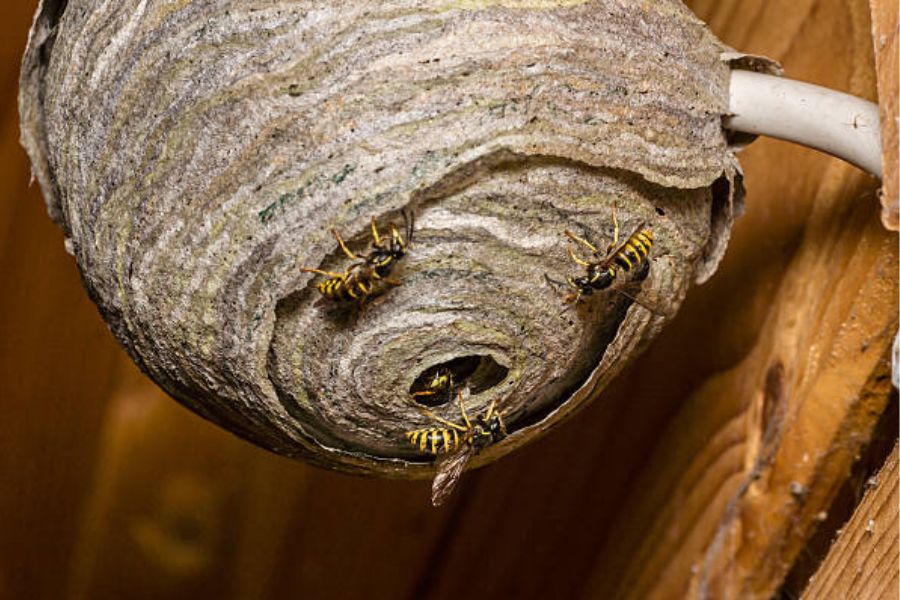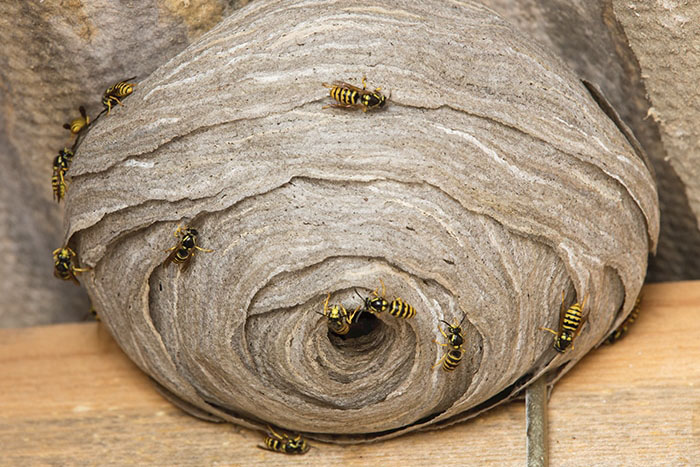Wasp Nest Treatment
£45
FIXED PRICE
Additional Wasp Nest treated on the same visit for just £20!
Bees Nest Treatment
FROM ONLY
£70
Treatment and removal services available.
£45
FIXED PRICE
Additional Wasp Nest treated on the same visit for just £20!
FROM ONLY
£70
Treatment and removal services available.
Absolutely not! We believe in transparent pricing and provide fast, effective treatment you can trust. In fact, we’re so confident in our work that we offer a guarantee. If the wasp nest remains active after 10 days, we’ll provide an additional treatment at no extra cost.
Regarding bee nests, pricing is determined based on the complexity and location of each nest. We understand that each situation is unique, so we offer tailored solutions to ensure a fair and competitive price. Before you commit, we’ll assess the nest and provide a personalised quote.
Contact us for a thorough evaluation and effective resolution. We’re here to provide you with reliable service and peace of mind.
We strive to address urgent wasp or bee control situations promptly. Our team is available to respond 24/7, depending on our availability. We recommend contacting us immediately when you have an urgent pest control issue.
Yes, we understand that wasp or bee issues can arise anytime outside regular business hours. That’s why we offer emergency pest control services 24/7 to address urgent situations promptly.
Wasp nests exhibit a distinct round or balloon shape, featuring intricate swirls and the appearance of layered paper fused together.



Different types of bees create unique and fascinating nests that vary in appearance and texture. Bumble bee nests, for instance, are typically constructed close to the ground and often resemble small mounds made of grass, moss, or other available materials. These nests have a coarse and irregular texture, with visible layers that form a protective covering.
In contrast, honey bee nests, commonly found in sheltered areas like roof soffits or tree cavities, display a more intricate and organised structure. Their nests consist of beeswax combs formed by hexagonal cells. The combs are precisely constructed and have a smooth, waxy texture. The hexagonal shape of the cells allows for efficient use of space and optimal storage of brood (developing bees) and honey.
.